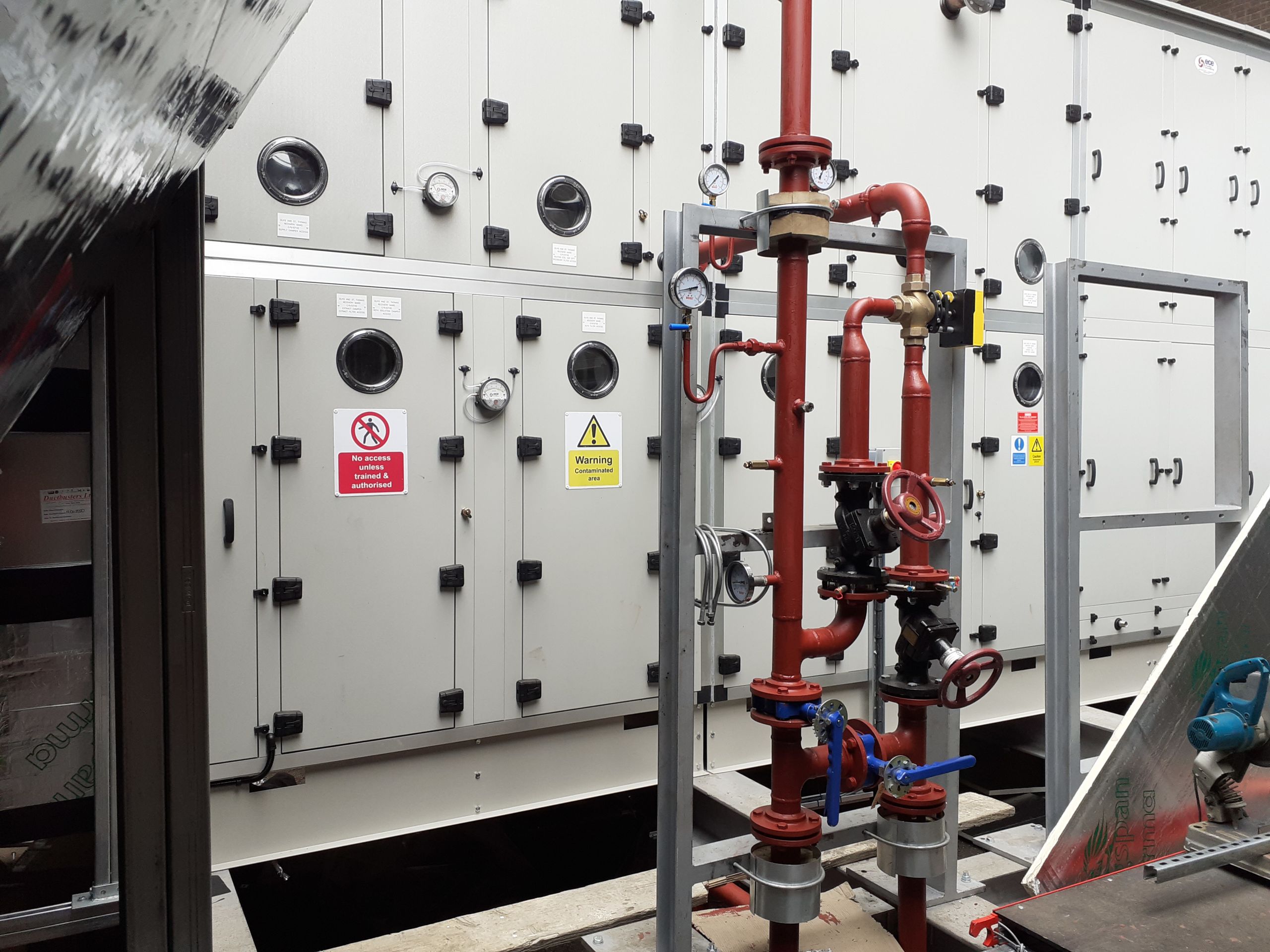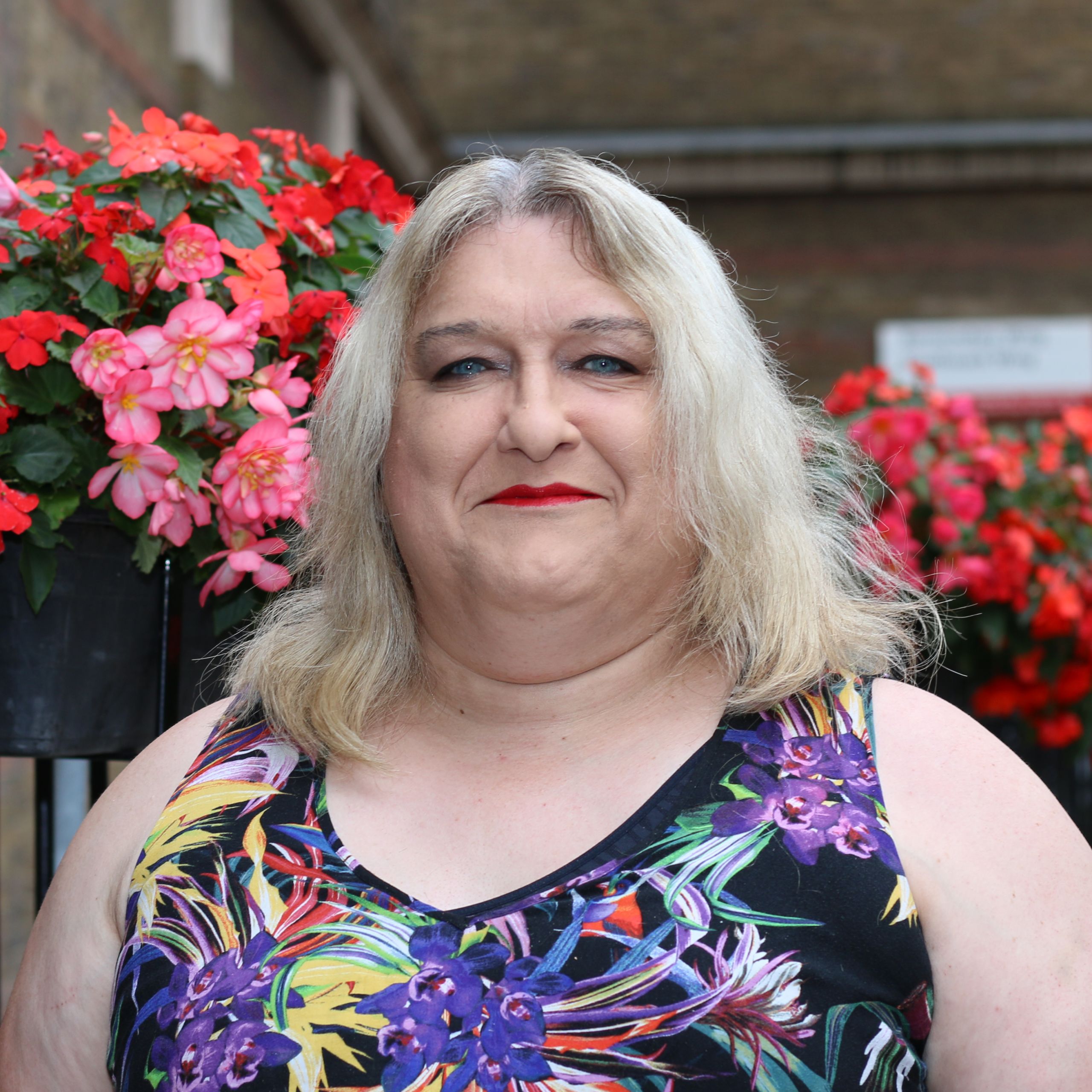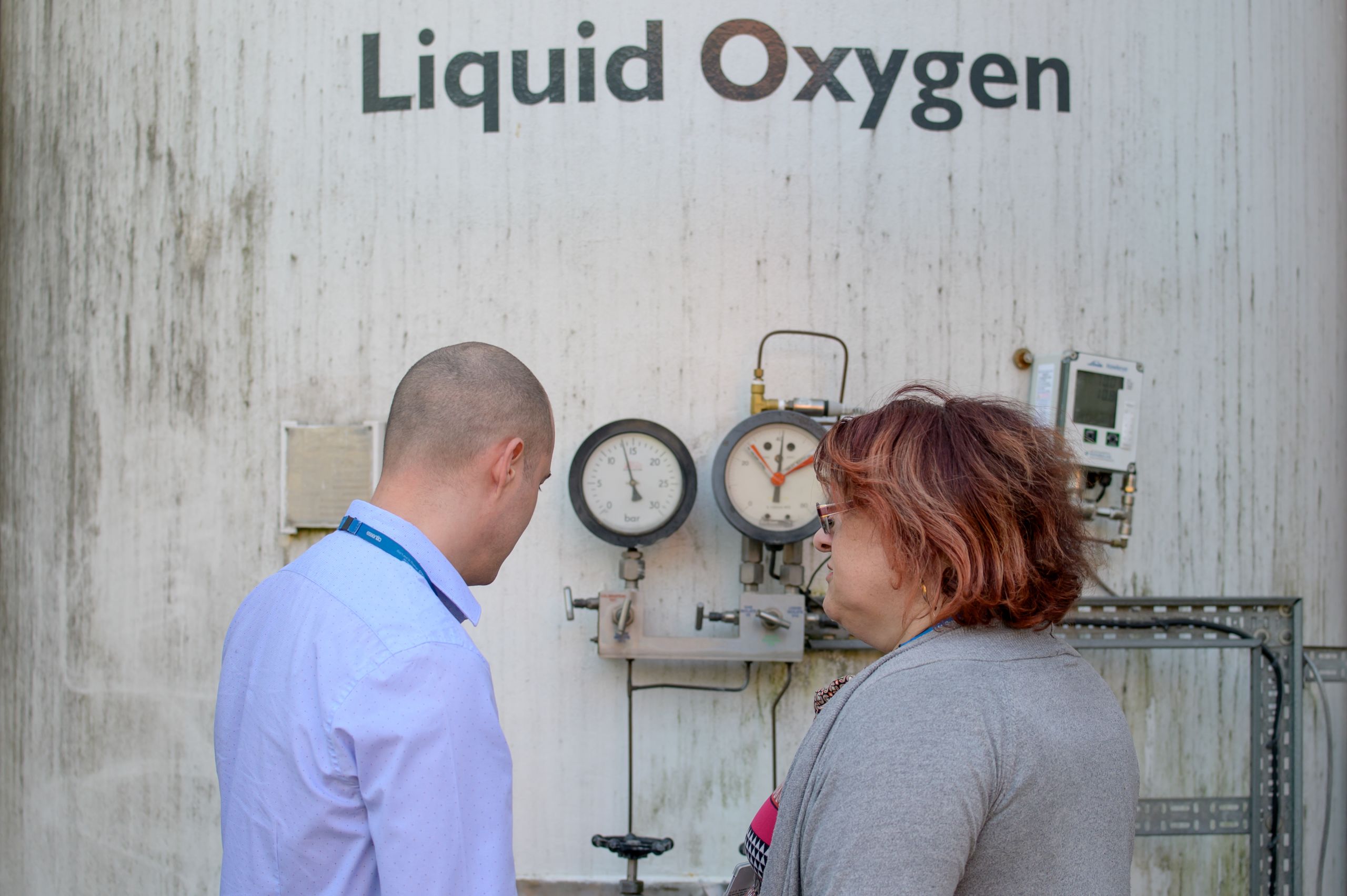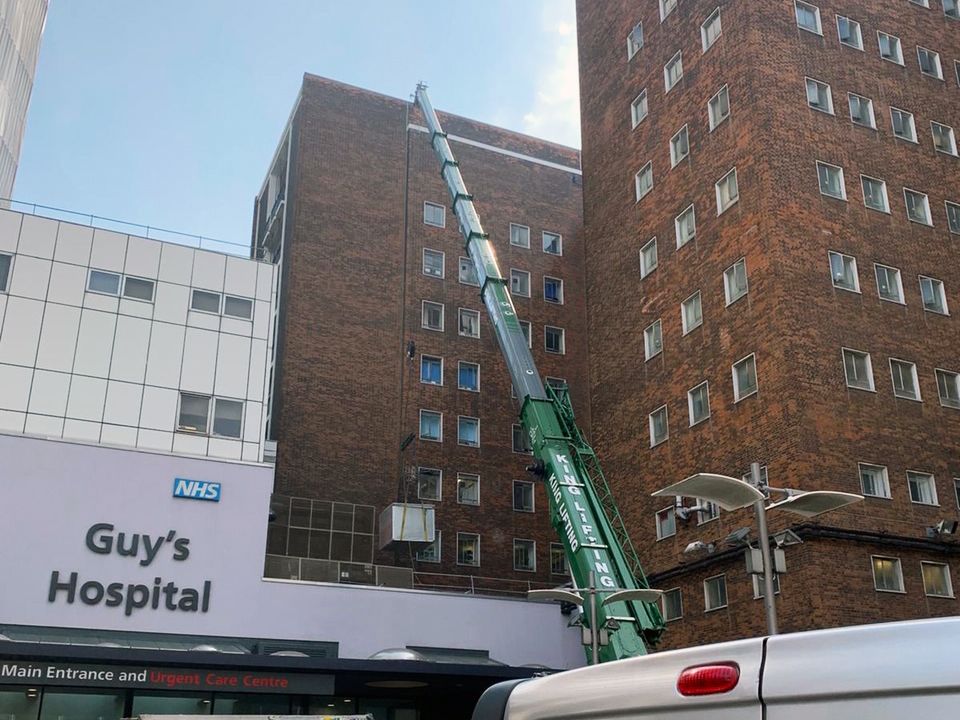Louise's story

Louise Clark
Associate Director of Engineering
“We committed to providing a new oxygen supply and in a few weeks it was actually saving lives. That was really rewarding.”

“I am responsible for everything from lightning conductors to air-conditioning, sewerage, heating and pumping stations – to mention just a few. All the infrastructure behind the scenes that keeps the place going, basically.
When COVID-19 struck we were faced with two massive infrastructure challenges. Each was the largest the Trust had seen in some time – and we were doing both at the same time.
First we had to boost the hospital oxygen supply. You might have grand plans for expanding critical care beds but if you can’t get oxygen to them it’s not going to work. It quickly became apparent the existing system couldn’t supply anywhere near the oxygen that might be needed.

The existing oxygen supply could not cope with increased demand
The existing oxygen supply could not cope with increased demand
We ended up having to drive a 76mm pipe through the entire building at sub-basement level – 1.36 kms in all. And we did it in 16 days. We had a team of 12 squaddies from the army and their commanding officer doing the labouring for us. We put a new backbone into the hospital. And we did it in record time.

Staff from the military assisted with the installation of our upgraded oxygen supply at St Thomas' Hospital
Staff from the military assisted with the installation of our upgraded oxygen supply at St Thomas' Hospital
I did get an adrenaline buzz from that. It’s the nature of my job that I can make a decision today and if everything goes alright, nobody notices. And if it doesn’t go alright it may take 20 years for something to go wrong.
But here, we committed to providing a new oxygen supply and, in a few weeks it was not only there, it was operational and it was actually saving lives. That was really rewarding.
It was an extremely tight timescale and we were running into all sort of difficulties with suppliers because their staff were furloughed.
The system had to be thoroughly tested and there was a lot of nervousness about pressure drops after alarms started going off. In fact it was because they were wrongly set.
The final task was to connect the new main pipe into the hospital network. That meant switching off the oxygen supply for several hours and using cylinders. I have worked in the NHS a long time and I have never seen a hospital, full of patients who were very unwell, do anything like that.
“Everyone understood the criticality of what we were doing. The sense of working as a team was fantastic. No one complained, no one said they didn’t want to be there because it was too hot, or too risky. That was a real highlight for me.”
Everyone understood the criticality of what we were doing. The sense of working as a team was fantastic. No one complained, no one said they didn’t want to be there because it was too hot, or too risky. That was a real highlight for me. Normally you get someone whingeing about something.

The new oxygen supply at St Thomas' Hospital
The new oxygen supply at St Thomas' Hospital
The other major project was to revamp the air-conditioning at Guy’s where they were creating another COVID-19 ward, to reduce the risk of infection. The existing system was woefully short of what was needed.
We had to commission a manufacturer to design and build a new unit which would normally take 6 to 10 weeks. I negotiated to have one delivered in 6 days.

A crane hoisted the new air handling unit on to the roof at Guy's Hospital
A crane hoisted the new air handling unit on to the roof at Guy's Hospital
It weighed 7 tons and we had to build a steel structure at the back of the hospital to take it. One Saturday we were waiting for a delivery of steel and it didn’t come. We called the company and they just said they couldn’t do it. We had a 7 ton unit on a crane waiting to go in so we had to start calling round to find more steel. About 4pm we got hold of a supplier in Scarborough who said he could do it. But we had to convince him it wasn’t a hoax. It was £20,000 worth of steel and we hadn’t got an order number or a credit card. Eventually the steel arrived at 8.30am on Sunday morning.
I worked every day for 6 weeks without a break. It was very exciting and very rewarding to see the system working and the excellent outcomes. A lot of people didn’t believe we could deliver, but when we got traction then everyone wanted to be part of it. They were saying, 'Can I do this?', 'Can I add this?' I had to say, 'No you can’t'. That was the hard bit – managing people’s expectations.
It was disappointing when some staff who had been away shielding came back and started unpicking what we had done. Yes, there is some tidying up to do. Yes, we did miss some governance steps, getting things signed off or authorised. But we were operating in an emergency. The governance system had changed. We did the work that needed doing to get the facilities that we needed. That criticism was frustrating and upset the team.
But for me this has been an extraordinary time. When we made those final connections and re-established the oxygen supply, it was quite a moment. I had a couple of sherberts to celebrate that night.”
Read more stories

